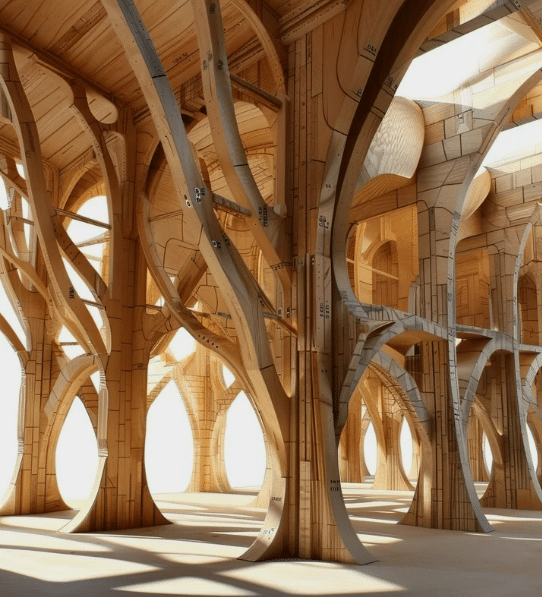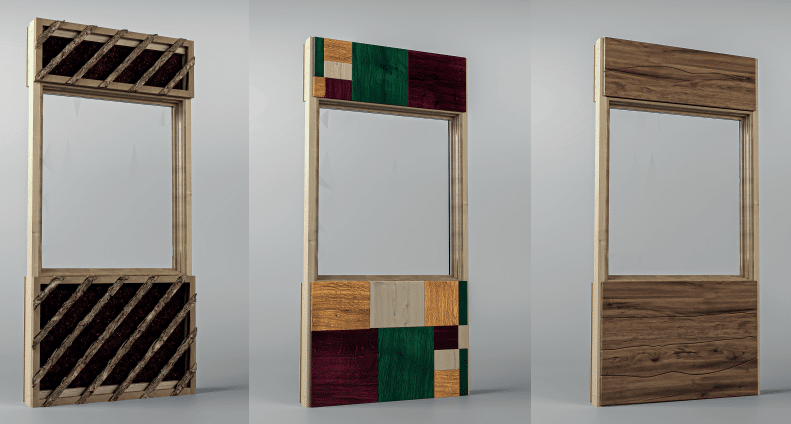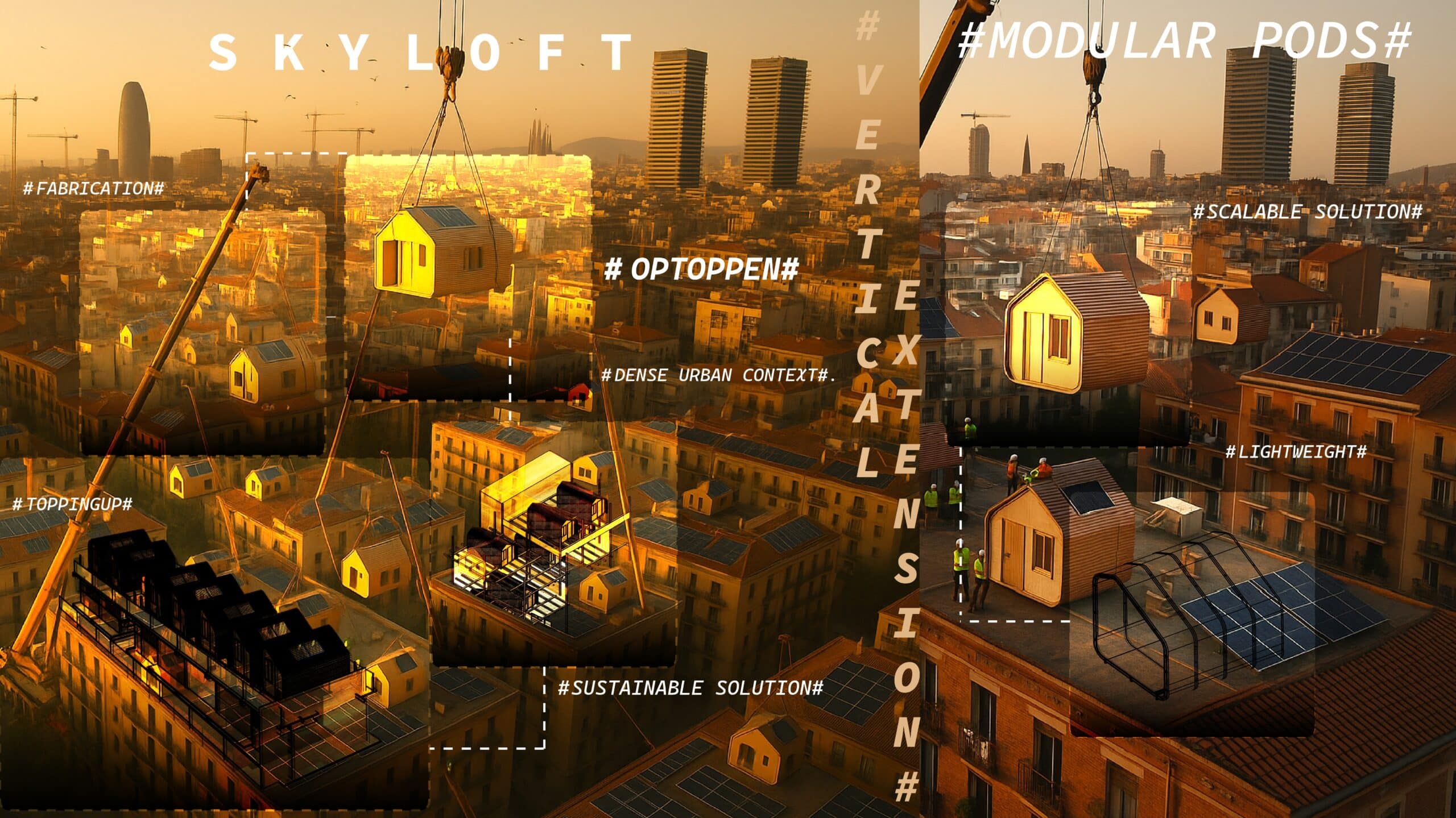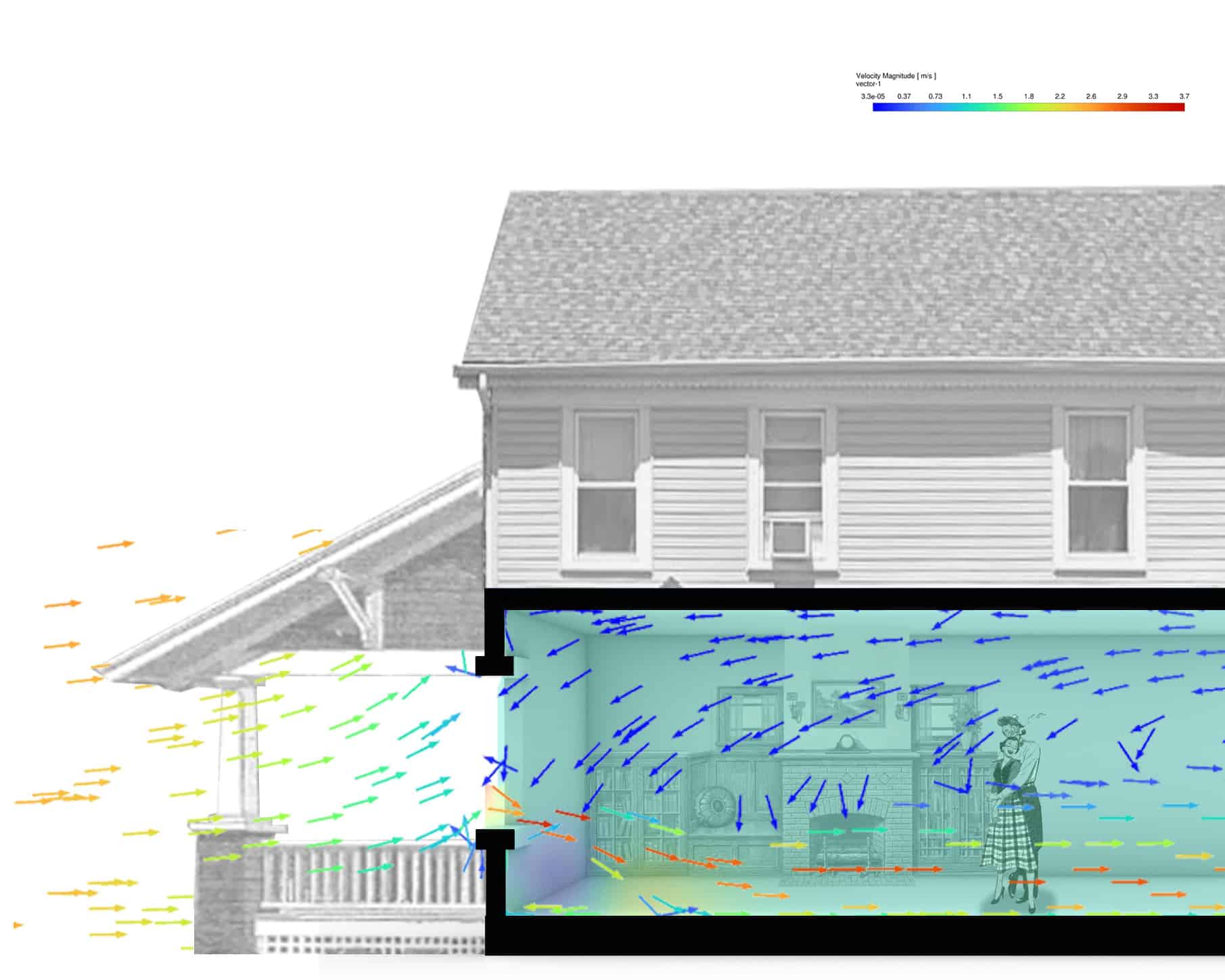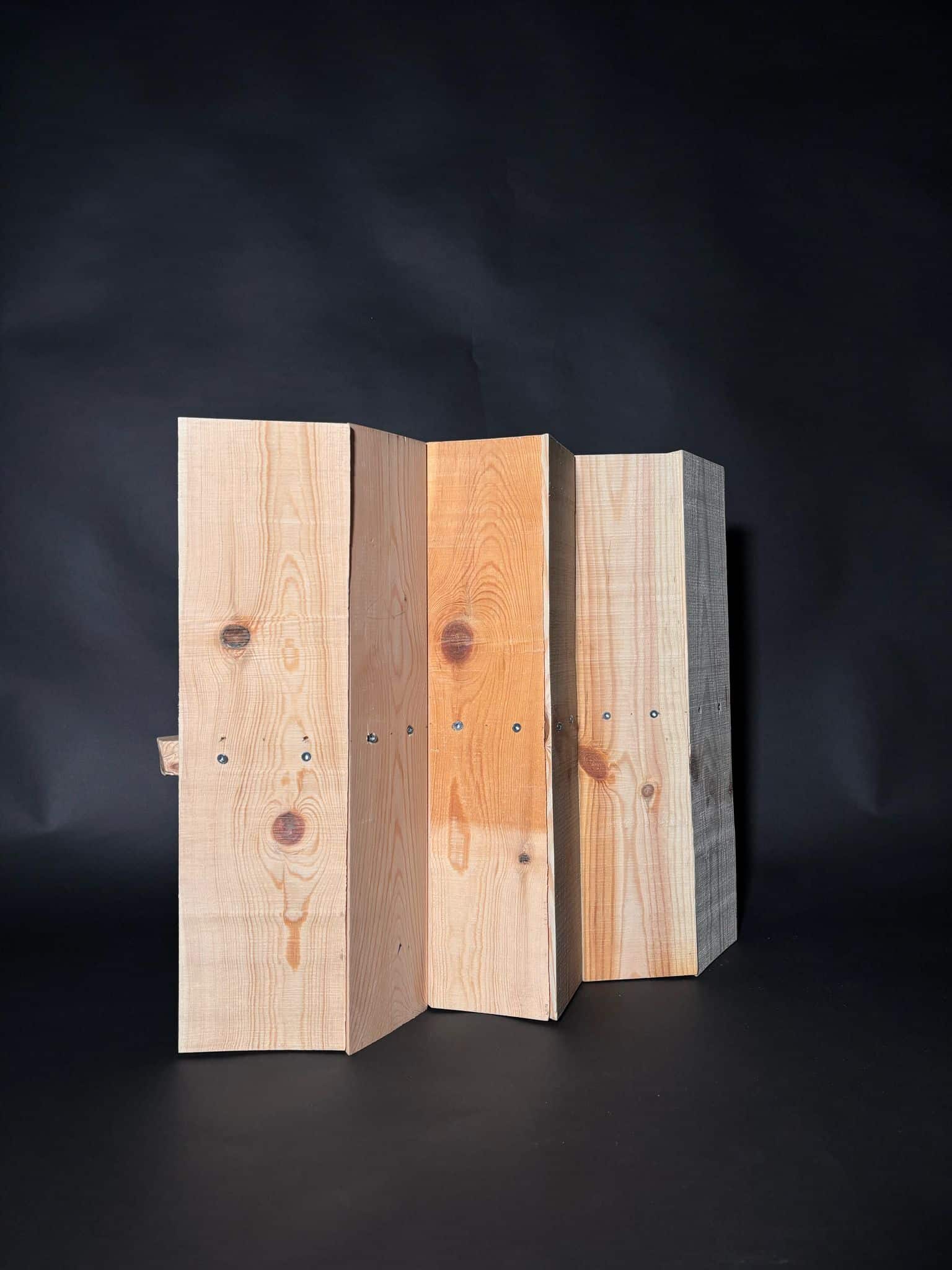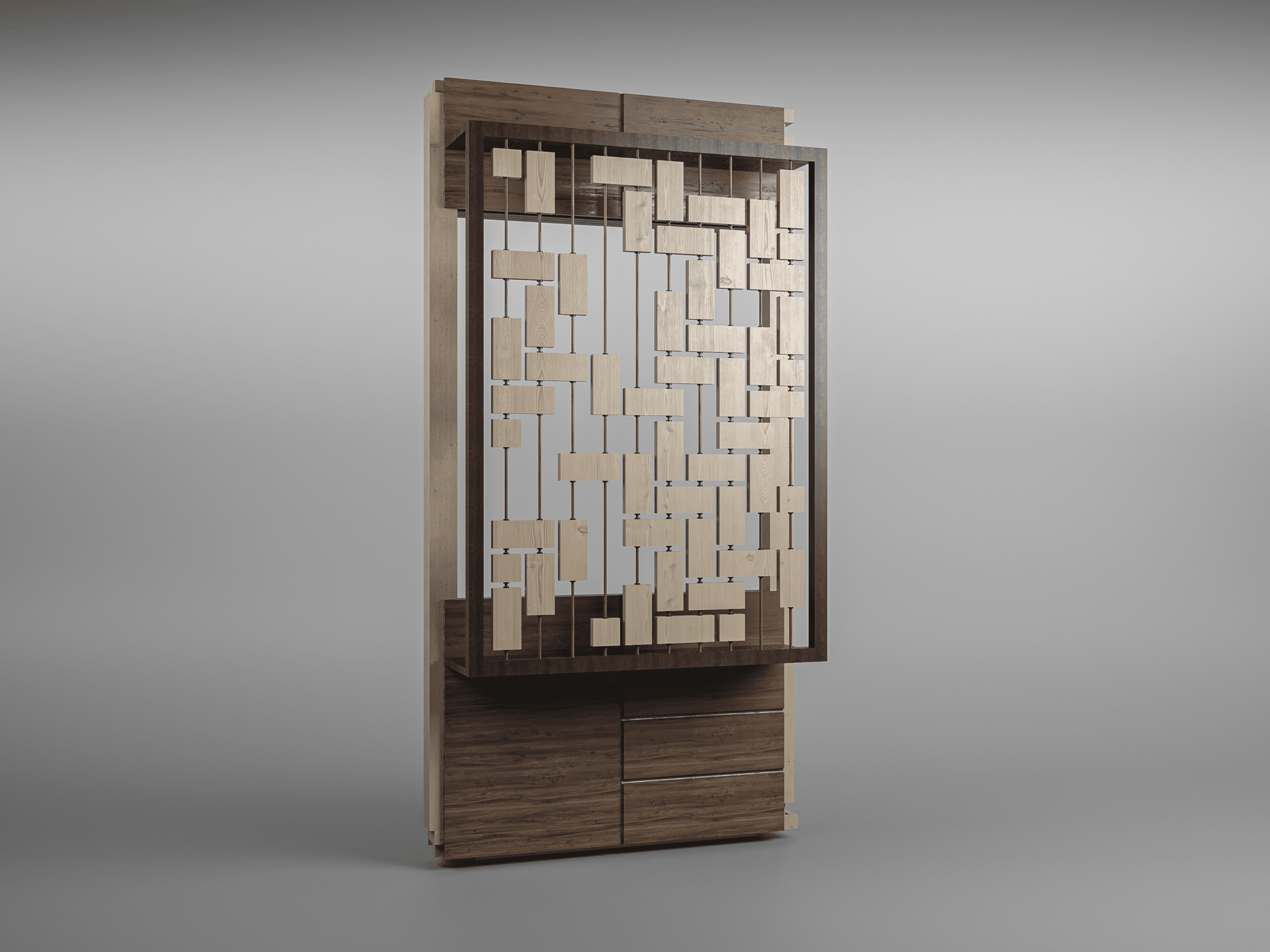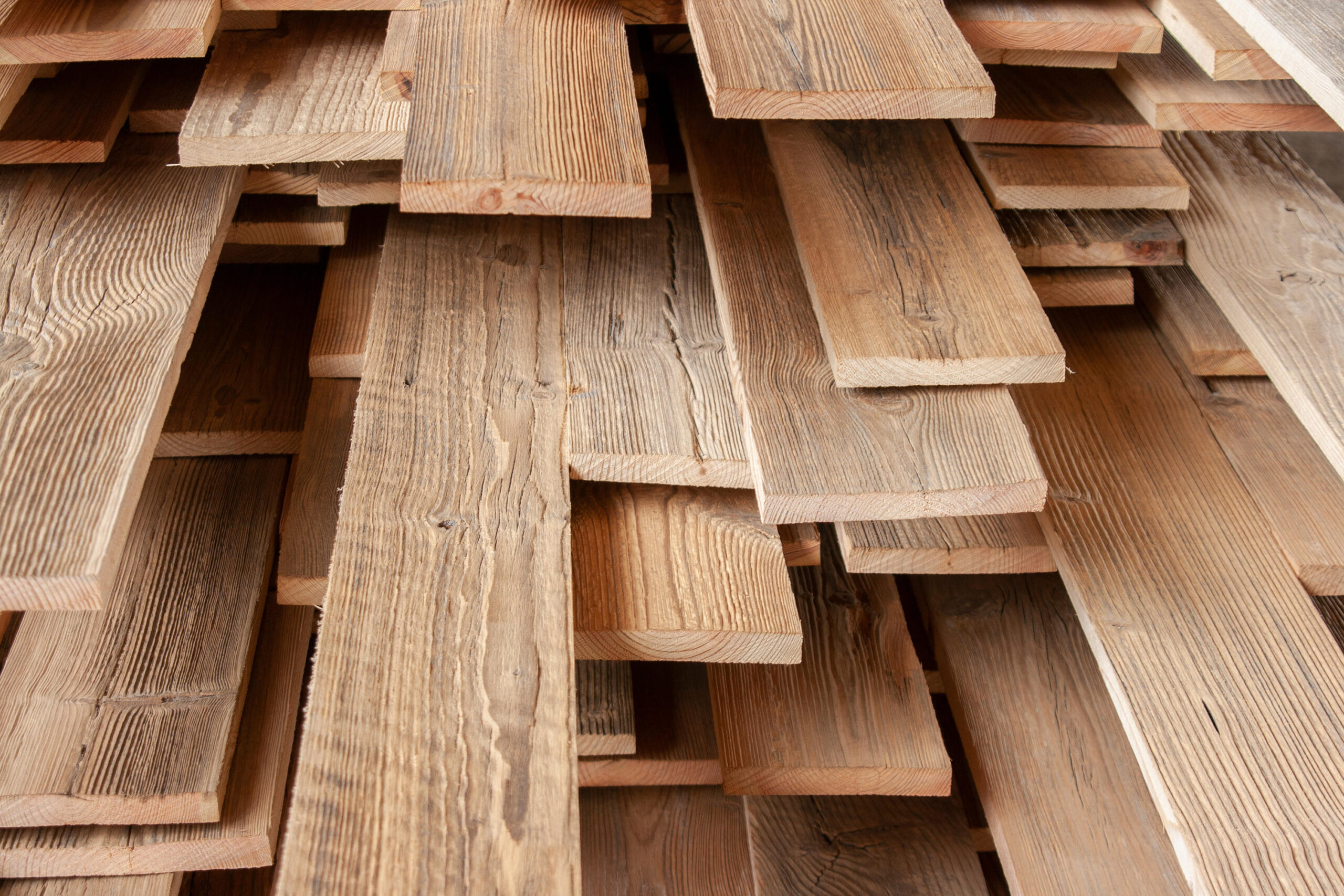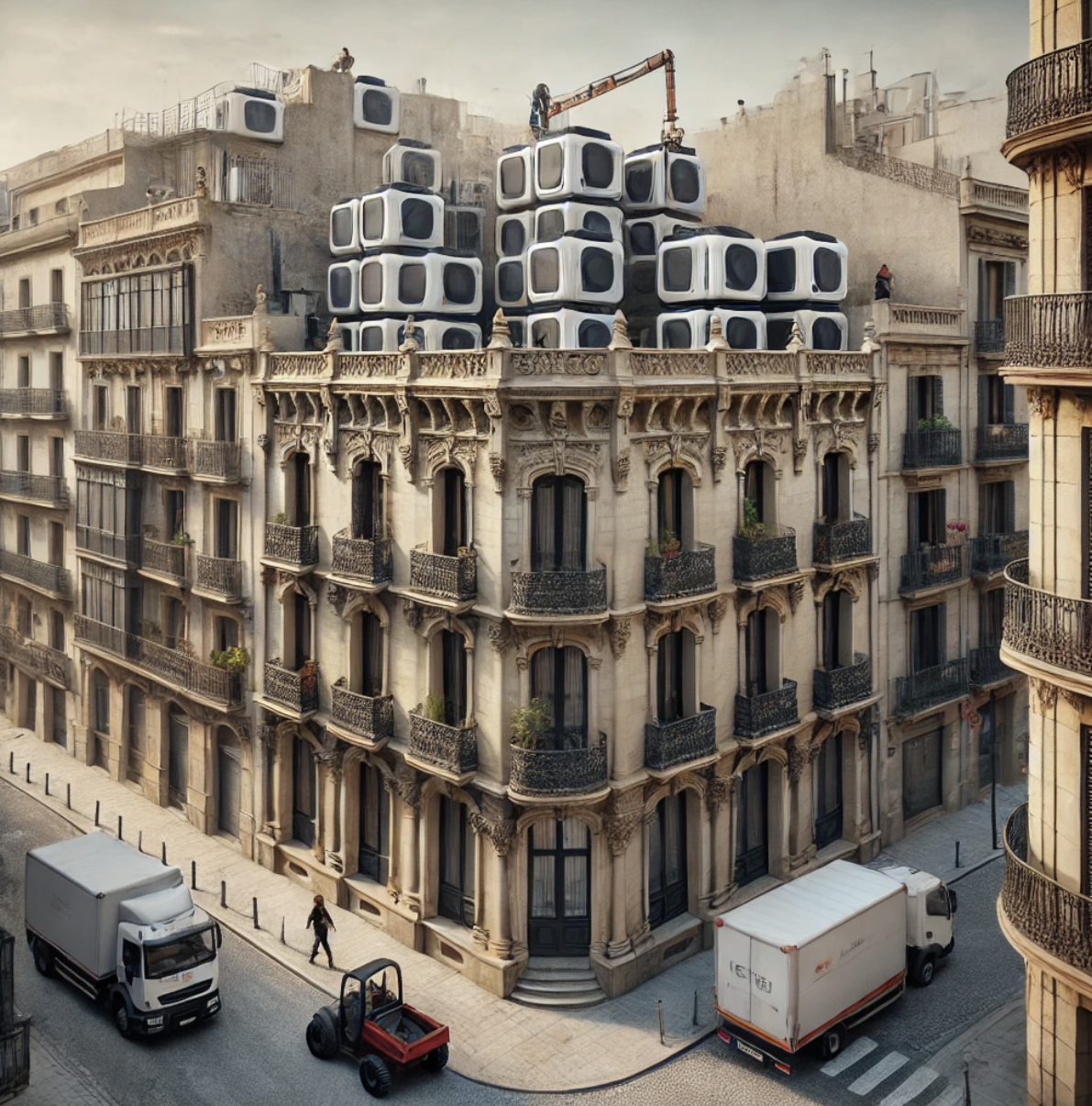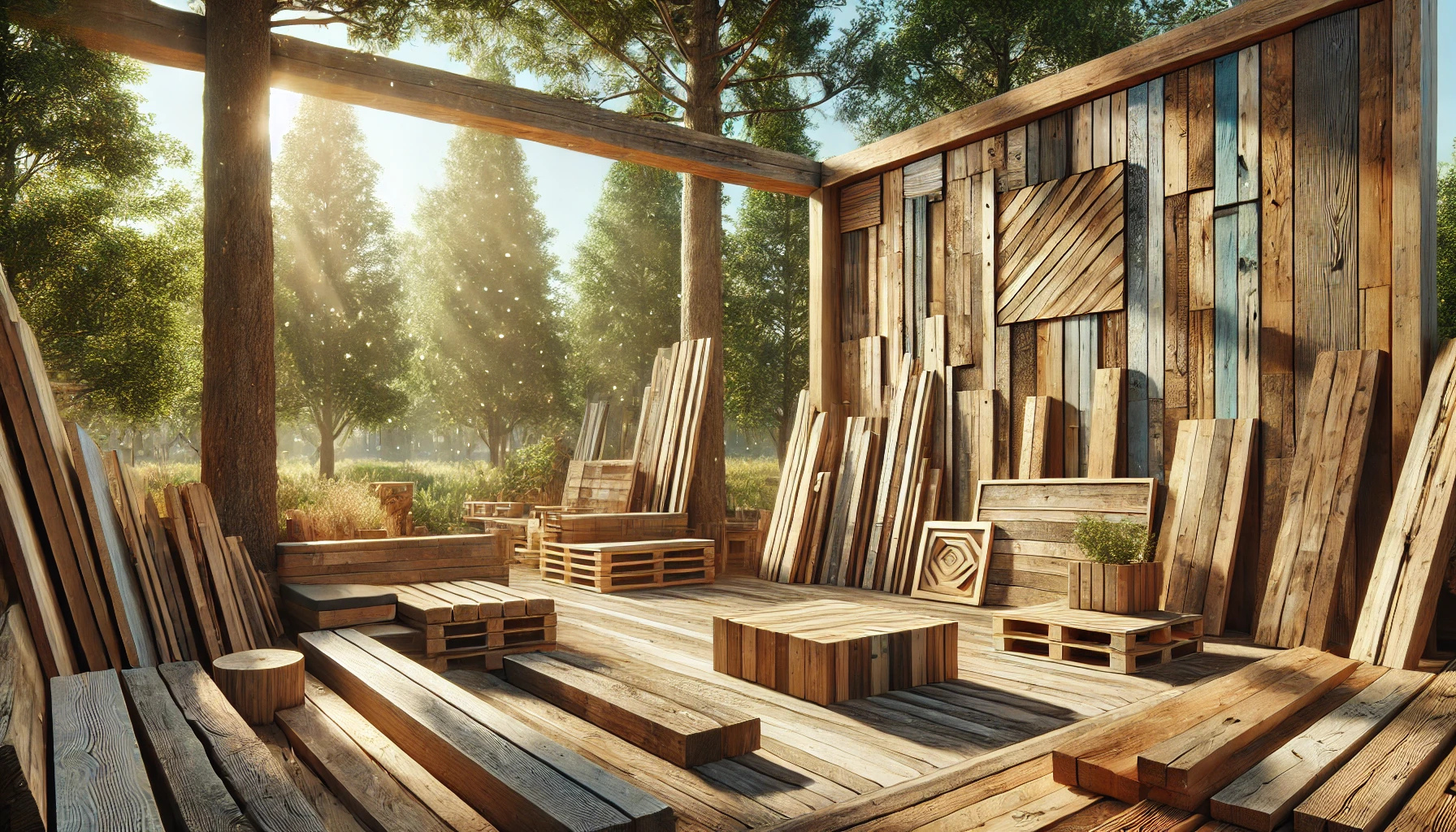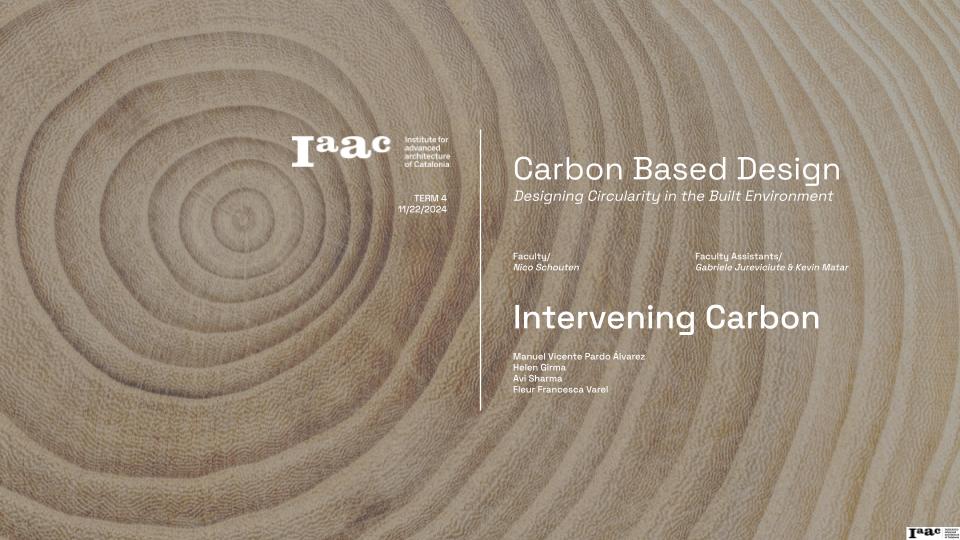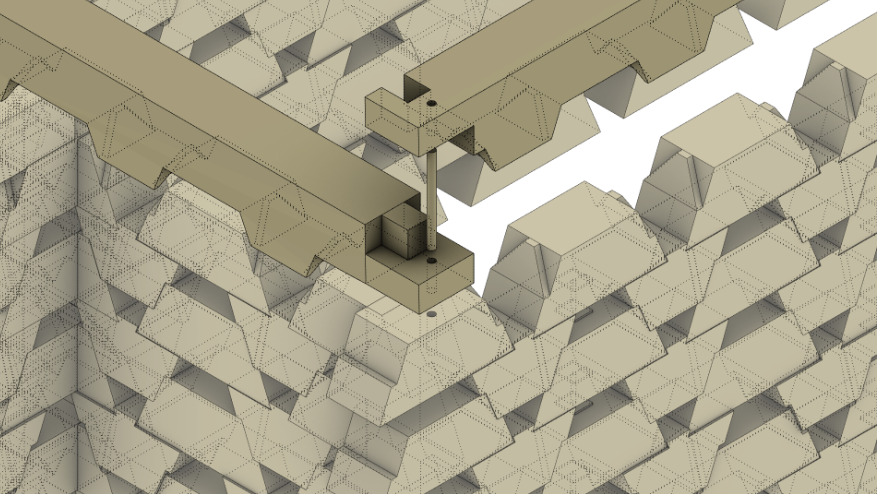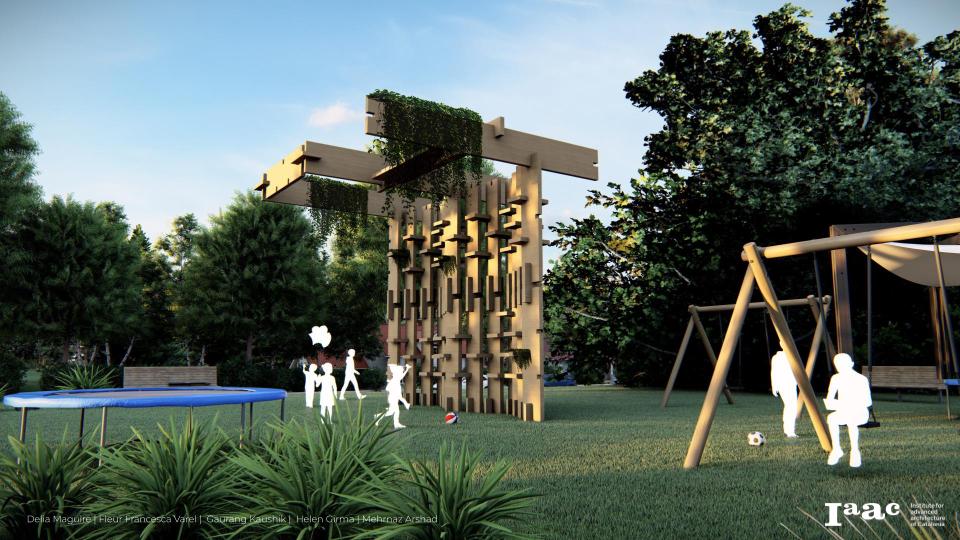During the second year of the Master in Advanced Architecture + Thesis Project (MAA02), students have the unique opportunity to work for a period of 1 year on an Individual Thesis Project, focused on the development of a research or pilot project based on the student’s interest, and the learnings of the first year. IAAC supports the student in selecting their Thesis Project topic in order to better orient them according to their future career interests and opportunities. Each student, according to their specific topic, is assigned one or more Thesis Advisors that follow the development of the work throughout the year.
In parallel to the development of the Individual Thesis Project, the second year of the MAA02 offers a series of seminars enhancing the theoretical, practical and computational skills of the students.
From Waste to Venus
Upcycled Timber Retrofit Strategies for aClimate-Conscious Transformation of the VenusBuilding. Context Why Retrofitting MattersBuildings account for nearly 30% of global carbon emissions, with most of today’s housing stock expected to remain in use beyond 2050. In this context, the built environment becomes both a challenge and an opportunity for climate action. Retrofitting allows us to … Read more
SKYLOFT
MODULAR PODS VERTICAL EXTENSIONS To address urgent urban housing needs, this thesis explores modular rooftop pods using Digital Twins, CNC fabrication, kerfing, and timber joinery—enabling precise, low-waste, minimum tool required for assembling and sustainable expansion of aging urban buildings through scalable and prefabricated Modular systems Why Vertical extension required ? What’s the purpose of the … Read more
Go With The Flow
Computational Fluid Dynamics for Natural Ventilated Systems primarily located within the United States The Problem within Context: Sears Catalogue from 1930s to 1950s United States. The American Dream is a phrase that has taken meaning in the ownership of a home with a white picket fence. The phrase was popularized in the 1930s after WWI … Read more
Directional strength
This research explores the optimization of glulam in architectural design by aligning material grading and grain orientation with force trajectories. Combining glulam offcuts and higher-grade timber, the study minimizes waste while maximizing structural efficiency. Computational workflows and generative algorithms are used to design force-aligned components for scalable applications. Prototypes demonstrate enhanced performance and sustainability, offering … Read more
Optoppen (City above the city )
AIM The housing crisis in Spain stems from rising prices, stagnant construction, and growing demand, leaving many unable to afford housing, highlighting the need for urgent, sustainable solutions. Spain Time line of the Housing crisis Long Term trend Housing crisis AFFORDABLE HOUSING by 2035 Material comparison Homeless people Data Site documentation Typology – I Joint … Read more
ROTATIONAL COLUMN – CIRCULAR WOOD DESIGN
STATE OF ART Part to Whole HG-A, South Korea – 2014 Building Traditions with Digital Research Rui Oliveira, Jose Pedro Sousa – 2016 Columns are analyzed as primary element of Ferreira’s designs. Columns, traditionally crafted through meticulous layering of bricks, are viewed both as structural and visual elements in his designs. RESEARCH QUESTION; “In what … Read more
Intervening Carbon
Carbon Based Design | Designing Circularity in the Built Environment SITE EXISITING WAREHOUSE POINT CLOUD MODEL Material Flow Analysis PROPOSAL
ROBOTIC FABRICATION SEMINAR
The environmental impact of the construction industry is a pressing concern. As architects, it’s essential that we shift from a linear model of consumption and production to a circular economy. In recent years, there has been notable progress in upcycling various construction materials and replacing high-emission materials like concrete with more sustainable alternatives, such as … Read more
Irregular Modularity
How can we use irregular elements of reclaimed offcut-timber to challenge the methodology of using planar, Interlocking and stacking techniques which can then be utilized in the design of forms ? Data CollectionThis first starts with a collection of materials and the creation of a database. This database serves as a resource for the planning … Read more

